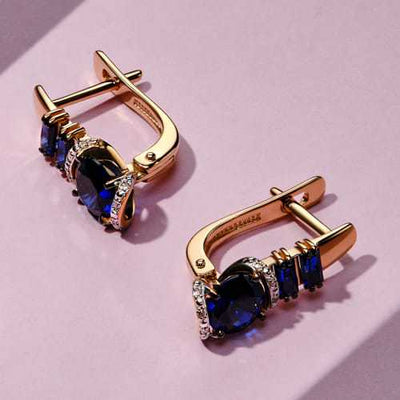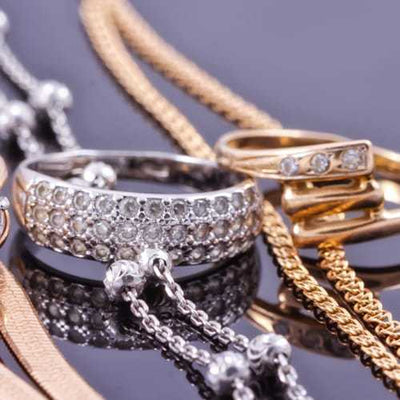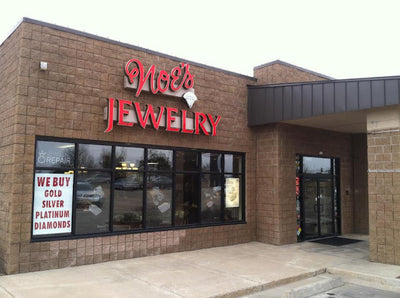Jewelry Selection from the 4C's to the D-to-Z scale
 One of the most enduring symbols of marriage is the engagement ring. Now with the advent of the internet, the opportunities for education and selection have never been more accessible. Just type, “gemstone buying” or “engagement ring” into a search engine and you’ll be amazed at how much you can learn. These searches also allow you to browse or compare before you even step into a jewelry store. It’s a truly modern take on time-honored methods for selecting the perfect ring.
One of the most enduring symbols of marriage is the engagement ring. Now with the advent of the internet, the opportunities for education and selection have never been more accessible. Just type, “gemstone buying” or “engagement ring” into a search engine and you’ll be amazed at how much you can learn. These searches also allow you to browse or compare before you even step into a jewelry store. It’s a truly modern take on time-honored methods for selecting the perfect ring.
If you’ve done any looking for gemstones, you’re probably familiar with the 4 C’s (color, cut, clarity and carat weight), but if you’re looking to purchase a loose diamond, it’s also worthwhile to get to know the Gemological Institute of America’s (GIA) D-to-Z Color Grading Scale. Color is considered to be one of the most important valuations for a diamond, so the D-to-Z GIA scale provides guidelines for ranking diamonds from the most expensive and chemically pure clear to those with light to very light color.
Introduced in the 1950s, GIA’s scale sought to replace the somewhat subjective metaphorical descriptions (River or Water) and location-based naming methods used to value diamonds. For instance, a stone from the Jagersfontein mine in South Africa was known as a Jager diamond and one from the Cape of Good Hope region was known as a Cape diamond. Prior to this standardization, there was also significant subjectivity based on what time of day the stone was evaluated, the light intensity in the room during the evaluation, and subjective considerations for color temperature, rendering and spectrum. In addition to the GIA D-to-Z scale there are also lab grading methods from AGS Labs Numerical Grading Scale, the International Gemological Institute, EGL USA and HRD Antwerp.
GIA D-to-Z Color Grading Scale
D-F – colorless (rarest, most expensive and free of impurities)
G-J – nearly colorless
K-M – faint
N-R – very light
S-Z – light yellow
Beyond Z – fancy color
Taking a Closer Look
During the grading process, the stone is placed face down in a lighting unit that simulates daylight before it is compared with master stones of a similar color. Once graded, a stone can be prepared for cutting. A well-cut stone will hide tiny color imperfections and make the stone appear more brilliant. On the other hand, a cut with a number of facets (Emerald, Pear and Oval) could enhance the color because of the facets. Light enters through the table and crown (top surface) of the gemstone and is reflected off the facets in the pavilion, the bottom part of the stone. Attention should also be given to the angles on a cut. Angles that create a sharp point create greater brilliance.
For more than 100 years, Noe’s Jewelry has served the Kansas City and Raymore areas with a beautiful selection of engagement rings and Loose Diamonds. Use the handy online tool to search diamond stock, selecting the number of carats, price, cut, color and clarity of the desired stone. Visit us online at Noe’s Jewelry or in person at our store in Raytown, Missouri, to learn more.




